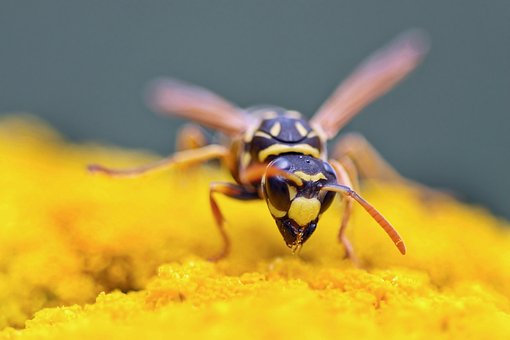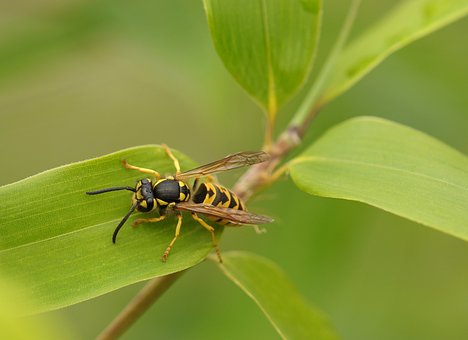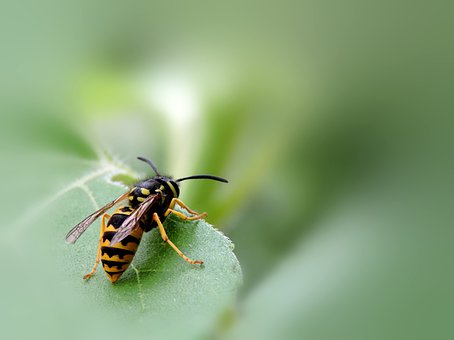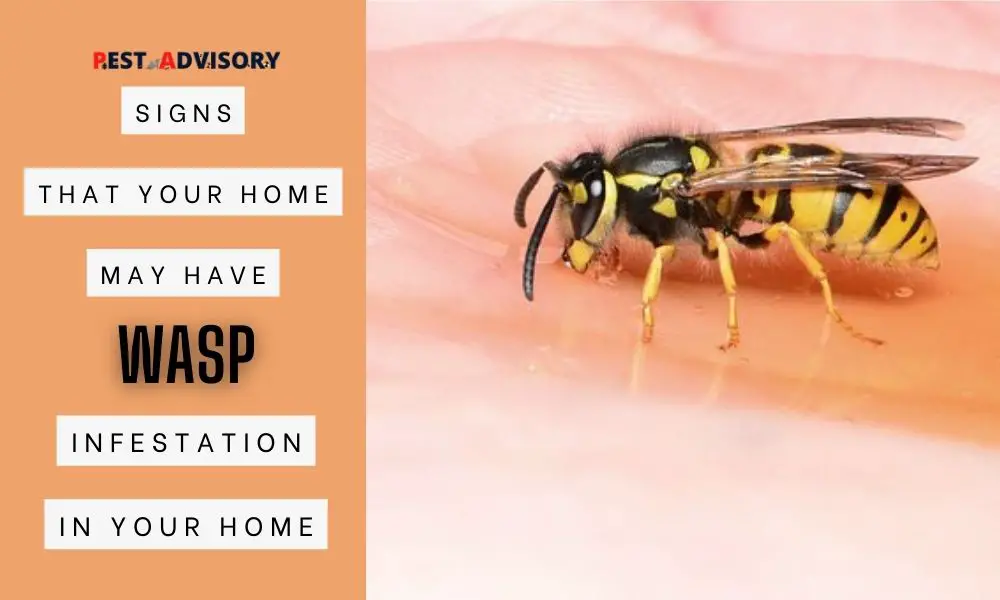Summer is here, and with it comes the buzzing of bees and wasps. While wasps can be bothersome and even dangerous if they decide to construct a nest close to your home, wasps are crucial pollinators.
Wasps are infamous for their painful stings and aggressive behavior, and for individuals who are allergic, even one sting can be fatal.
Sadly, a lot of homes don’t recognize the warning symptoms of a wasp infestation until it’s too late.
Important Note: If you're tired of pests and want a reliable solution, then you should definitely consider seeking help from a professional pest control company. DIY solutions can be effective, but if you're dealing with a significant pest infestation, you don't want to rely solely on DIY methods. Pest control companies typically don't charge huge fees. You can fill out this form to receive free quotes from the top local pest control companies, and compare the quotes and see for yourself. Then, finally, your pest problems will be eliminated for good.
The most typical wasp warning signs and steps you can take to prevent and get rid of these bothersome pests are covered in this article.
Therefore, keep reading to learn how to identify a potential infestation before it becomes a stinging issue if you want to enjoy your summer without worrying about wasps.

Common Signs of Wasps Infestation in Your Home
Increased wasp activity
If you see a lot of wasps in or around your home, it could be a sign of an infestation.
Wasp Nests
The most obvious sign of a wasp infestation is the presence of a nest. Wasps build nests out of paper-like materials such as wood fibers and saliva, which can be found in various locations such as eaves, attics, trees, or in wall voids.
Chewed Wood
Some wasps, such as carpenter wasps, chew on wood to create their nests. If you notice small holes or sawdust around your home, it could indicate a carpenter wasp infestation.
Wasp Damage
Wasps can cause damage to your home, such as chewed insulation or damaged wiring. If you notice any damage that you can’t explain, it’s worth investigating further.
Larvae
If you find small, white larvae around your home, it could be a sign of a wasp infestation. Wasps lay their eggs in nests, and the larvae feed on other insects, so if you find them, it could indicate a nearby nest.
Swarming Insects
It may indicate a wasp infestation if you detect an unusually high number of flying insects in your house. Wasps tend to swarm in one area when they have established a nest nearby.
Wasps Appear Regularly Inside
If you keep finding wasps inside your home, it could mean that there is a nest nearby. Wasps will often enter homes through small openings or cracks, and once inside, they will continue to search for food and nesting sites.
Buzzing Noise
Buzzing noise is a major sign of the presence of wasps in your house This is so that wasps may communicate by buzzing their wings together, which produces a characteristic buzzing sound.

Frequently Asked Questions
Why do wasps keep coming into my house?
There are various techniques you can use to locate wasps in your home.
Look for movement around your home as wasps move quickly and erratically.
Check windows and doors as wasps are attracted to light and may be flying near the openings.
Use a flashlight to shine in areas where the wasp might be hiding, especially in dark spaces like attics or basements.
You can also use sticky traps to attract and catch the wasp.
Why do I keep finding wasps in my house?
Wasps can be attracted to your home for various reasons.
Sweet foods and drink spills, cracks or openings in walls, floral fragrances, and a sheltered place to overwinter are common reasons.
Seal cracks and gaps, keep doors and windows closed, and dispose of garbage properly to prevent wasps from entering your home.
Where would a wasp hide in your house?
Wasps prefer warm, dark, and protected areas such as attics or wall voids.
They can enter through small cracks or openings and hide in gaps or voids between the walls.
Basements, garages, and porches are also potential spots for wasps to build nests.
Getting rid of wasps from the attic can be a daunting task so it’s better to take preventive measures.

Conclusion
You can recognize and solve the issue before it gets worse by being aware of the symptoms of wasp infestations and possible hiding places for them.
Remember to take preventative measures such as sealing cracks and gaps, disposing of garbage properly, and keeping windows and doors closed to avoid attracting wasps in the first place.
Don’t let a wasp problem ruin your peace of mind or put you at risk of painful stings – be vigilant and take action to keep your home wasp-free.

